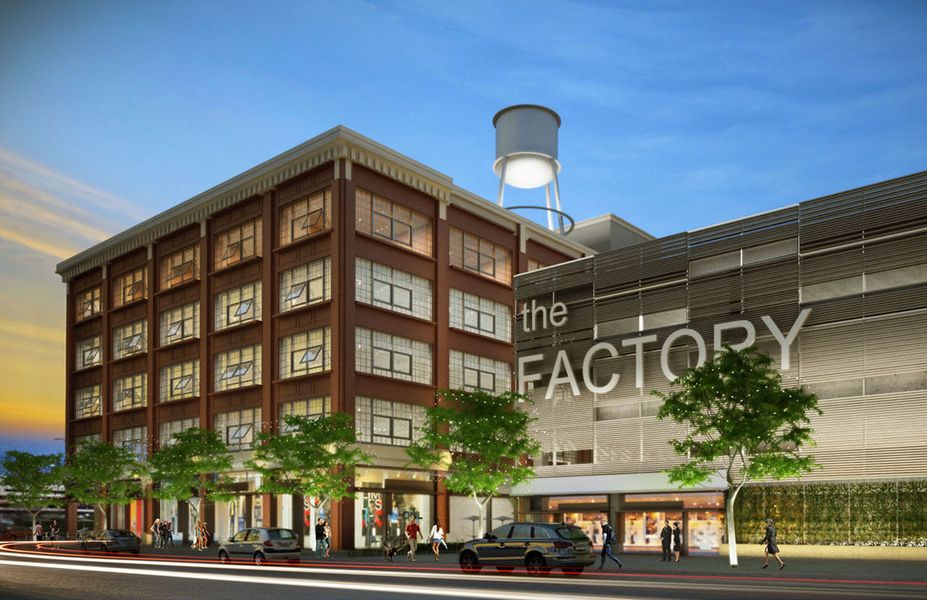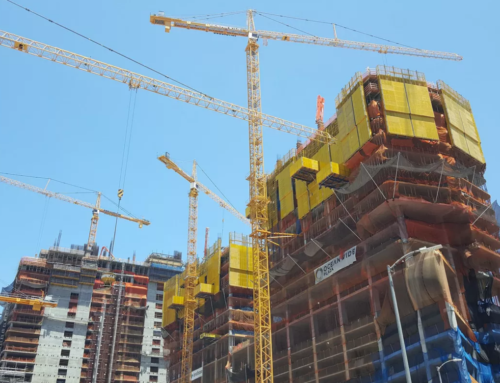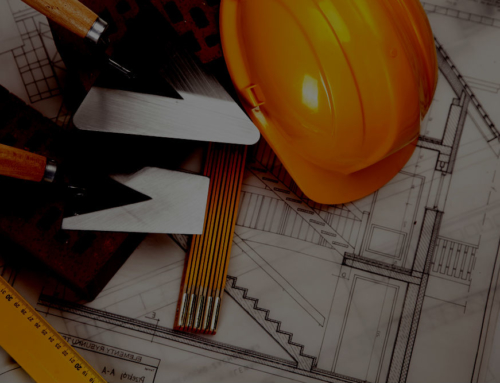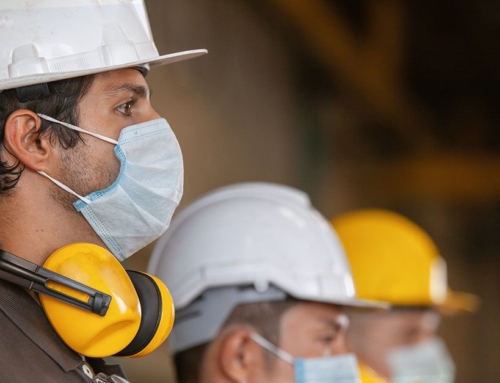Most commercial contractors would agree that the current office construction/remodeling market is dominated by the “creative office.” What’s “in” right now is the adaptive reuse office remodeling. Repurposing older buildings full of architectural charm and character.
The conversion of older buildings into creative office space is being seen throughout the Southern California region. Some Los Angeles adaptive reuse office remodels include the historic office towers in LA’s Old Bank District. You can also cite the converted factory buildings in LA’s Arts District. In fact, converting industrial buildings into creative office space is becoming increasingly popular city to city nationwide.
These types of spaces are in demand; particularly among tech startups or content providers. Companies looking to attract and retain young creative types.
What’s Driving Adaptive Reuse Office Remodels?
Changing workforce demographics and technologies have certainly played a role in driving this trend. Generations X and Y are gradually phasing out baby boomers. This incoming generation of workers has an affinity for Class B spaces – older buildings in urban areas with fewer amenities.
Cost-effectiveness is another driving factor. Rent for older spaces can be half as much as newer buildings with modern amenities, services, and green construction.
“Class A” rent increases five years ago pushed more companies, especially startups, toward more affordable older “Class B” buildings. Historic buildings from the 1920s or earlier were being upgraded to appeal to tech tenants or hip firms. Closed-in office spaces with little to no natural light were transformed into bright, open, lively spaces.
But “Houston, we have a problem.” It’s becoming increasingly harder to find older spaces primed for this type of repurposing. Buildings in prime locations with the right bones to repurpose have already been converted. Office tenants now must decide if they’re willing to settle for a less desirable location or architecturally unique space. Buildings constructed from the 1950s through 1980s are now being repurposed. While these buildings may lack the architectural uniqueness of buildings built in the early 1900s, they’re more readily available.
This has also led to an increase in the construction of ground-up creative office space.
Is New Office Construction Better Than Adaptive Reuse of Space?
Either method can produce the flexible creative office spaces companies today yearn for. Mobile technology has made it so workers can come and go as they please. In an office environment, this means they’re not confined to a desk or cubicle. Spaces can be made to foster organic collaboration and cater to the nomadic work style of today’s office worker.
Naturally, ground-up construction allows for more design customization and fuller control of space planning. Creativity with architectural detail is also a bonus. Exposed brick, ductwork, and beams are popular today as are double glass curtain walls, atrium centers, or skylights. Green construction for better energy efficiency is also more possible in a new office construction.
In comparison, there are considerable constraints when it comes to customizing an older building. However, adaptive reuse offers plenty of advantages to offset that particular negative. There’s a much shorter construction timeline. This means the space can be on the market or tenant-occupied and generating revenue very quickly. This is important to developers. Especially in a competitive commercial construction market like Los Angeles where tenant demand for space is high. Additionally, the character and architectural or structural elements of an older building can’t necessarily be replicated in a ground-up construction.
Just be sure to execute some due diligence to ensure nothing is overlooked when choosing an older building. While adaptive reuse is less expensive than ground-up construction, the building’s condition must be factored in. Is it structurally sound and up to code? Particularly when it comes to California’s seismic building codes. Prior to closing, carefully assess the building to ensure no secret money pit is lurking somewhere in the conversion process. The right building needs to be found to truly reap the money-saving benefits of adaptive reuse vs. ground-up development.
What’s in Store for the Future of Office Remodels & Construction?
Adaptive reuse office renovations aren’t going anywhere. They’re ideal for creating the flexible, open, collaborative creative office space in demand today. That said developers in Los Angeles and the Southern California market have been aggressive in purchasing properties ideal for conversion. As the market dries up a bit, interest in ground-up new office construction seems to be picking up. Certainly a development to watch in the next year to come.






